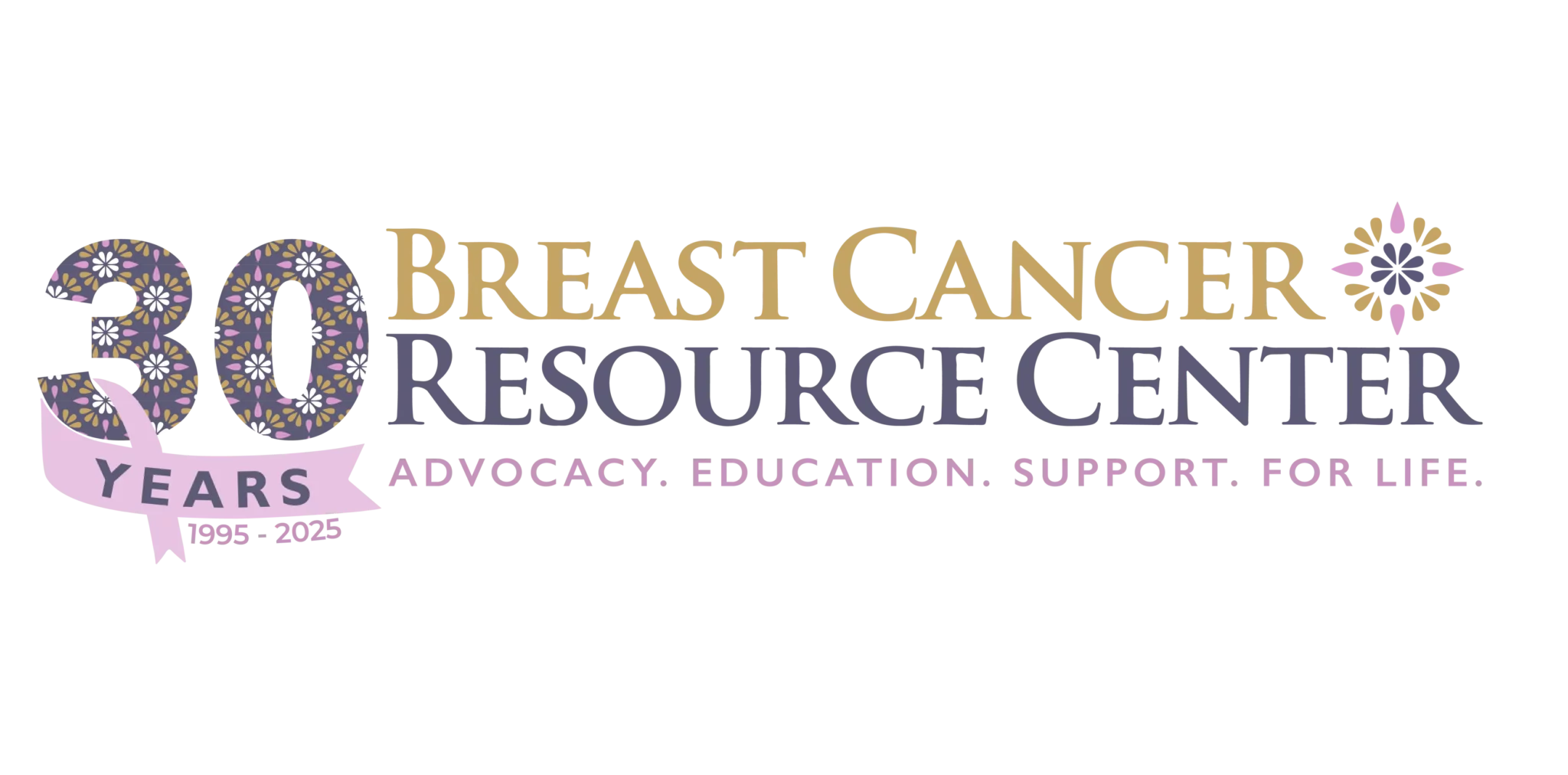By Elizabete Gomes, LAC, RN, ACN, DWLC
You would think that when I worked in an intensive care unit or taught nursing at the cancer ward I was most helpful to patients in a health crisis. The fact is that I find myself being more effective treating people using Oriental medicine, acupuncture and other complementary therapies.
People often ask me how acupuncture works. I have tried different explanations, but often find it hard to describe. The western way of thinking is so linear. We rely so much on scientific proofs and tangible facts, all of which make it hard to get our minds around the concepts we can’t see, touch or feel. Ideas like energy, meridians and vibrations are hard for us to comprehend; the ironic thing is that, according to Oriental medicine, these are simple facts and are the basic foundation of life force that is inherent in all of us.
WHAT IS ACUPUNCTURE
“Acupuncture is not magic, but it can have magical results.”
Acupuncture is part of a medical system that has been used to diagnose, treat and prevent illness for  over 4,000 years. Acupuncture is a technique for balancing the flow of energy or life force, known as qi or chi (pronounce “CHEE”) that flow through bio-energetic pathways called meridians, which traverse all of the body’s organs, and systems. Acupuncture is the practice of inserting very fine needles into specific point along these meridians. In this gentle but powerful way, acupuncture triggers the body’s own healing mechanisms to eliminate illness and promote optimal health. Because of its effectiveness, acupuncture has gained wide popularity in the U.S. as a holistic complement to Western medical treatments.
over 4,000 years. Acupuncture is a technique for balancing the flow of energy or life force, known as qi or chi (pronounce “CHEE”) that flow through bio-energetic pathways called meridians, which traverse all of the body’s organs, and systems. Acupuncture is the practice of inserting very fine needles into specific point along these meridians. In this gentle but powerful way, acupuncture triggers the body’s own healing mechanisms to eliminate illness and promote optimal health. Because of its effectiveness, acupuncture has gained wide popularity in the U.S. as a holistic complement to Western medical treatments.
HOW ACUPUNCTURE WORKS
“Acupuncture points are like musical instruments, when you play them in the right combination they make beautiful music.”
Western scientists have been trying to study the mechanisms of acupuncture for years and have come up with several hypotheses. None of the hypotheses captures the rich essence of this ancient wisdom, nor do they satisfy our need to know what goes on when tiny needles are placed in strategic places and something then changes in our body. One thing to keep in mind is that this system was developed at a time of no diagnostic technology, a doctor had to rely entirely on his skills to diagnose and treat and prevent diseases.
One aspect of Oriental medicine that is very different from the Western allopathic approach is that conventional medicine treats the disease, not the person. In Oriental medicine, we work first and foremost with the whole person while taking into consideration their constitution, which includes their body type, emotional tendencies and psychological personality. We also consider their lifestyle in general in addition to what is going on in their lives currently, such as a recent loss, major changes, or stress.
Oriental medicine theory is a very logical system of applying the interplay of opposites, like yin-yang,  full-empty, hot-cold, excess-deficiency, up-down, flowing-stagnant, free-blocked, etc. to identify problems, imbalances in the body and what system is affected. When assessing a condition we look for patterns within the symptoms, taking into consideration the person’s constitution, current situation, past history and lifestyle. We use touch, visual observations, and even smells to help with assessment.
full-empty, hot-cold, excess-deficiency, up-down, flowing-stagnant, free-blocked, etc. to identify problems, imbalances in the body and what system is affected. When assessing a condition we look for patterns within the symptoms, taking into consideration the person’s constitution, current situation, past history and lifestyle. We use touch, visual observations, and even smells to help with assessment.
Once we establish which system is out of balance, we then choose a few acupuncture points (there are 350 points to choose from) that are most indicated to support the body, restore balance and bring about a better state of health. I often tell people, “The acupuncture points are like musical instruments, when you play them in the right combination they make beautiful music.”
We also use other aspects of complementary therapies like herbal remedies, nutrition, and supplements as well as stress management techniques to assist the body in the healing journey.
It is easy to say, “If you cannot scientifically prove something, it doesn’t exist, right?” I simply ask you to keep an open mind. In my experience, healing can come in many forms, sometimes in unexpected and surprising ways. Acupuncture is not magic, but it can have magical results.
ACUPUNCTURE AND BREAST CANCER
An increasing number of mainstream doctors and medical institutions are accepting the practice of acupuncture, particularly for the treatment of pain and nausea. A 2013 study, for example, found that acupuncture could reduce vomiting and nausea among patients receiving chemotherapy.
Research is ongoing to determine if acupuncture may also help with other cancer treatment-related symptoms, including hot flashes, peripheral neuropathy and lymphedema. In my fifteen years of practice, I have seen great improvement in chemotherapy related neuropathy, as well as diabetic neuropathy with the use of acupuncture during treatment.
The World Health Organization (WHO) maintains an extensive list of diseases and conditions possibly alleviated by acupuncture. Many doctors now do not discourage their patients from receiving acupuncture when conventional treatment includes possible adverse side effects.
ALTERNATIVE VS COMPLEMENTARY MEDICINE
Alternative medicine is the term for medical products and practices that are not part of standard care. Standard care is what medical doctors and allied health professionals, such as nurses and physical therapists, practice. Examples of alternative practices include homeopathy, traditional Chinese medicine, acupuncture and chiropractic. An example of an alternative therapy is using a special diet to treat cancer instead of undergoing surgery, radiation, or chemotherapy that has been recommended by a physician.
Complementary medicine is a group of diagnostic and therapeutic disciplines that are used together with conventional medicine. An example of a complementary therapy is using acupuncture in addition to usual care to help lessen a patient’s discomfort following surgery.
Acupuncture can be used as complementary therapy before, during, and after cancer treatment. It can assist the body to stay strong and as healthy as possible at different stages of the cancer treatment and beyond. During treatment, most cancer patients have one or a combination of surgery, chemo, radiation, and drug therapy. In the beginning of this process, acupuncture may help the body to endure some of these harsh treatments. It can also help with organ function and decrease potential side-effects such as nausea, digestive disturbances, neuropathy, etc. During this challenging time, acupuncture treatments can also have a calming and balancing effect on emotions as well as improving coping ability. After cancer therapies are completed, it is also very beneficial by assisting the body to recover and reach a state of balance once again.
Resources
- welllifeplace.com
- Life Science, health page (article by By Elizabeth Palermo, Associate Editor, March 5, 2015)
- The National Center for Complementary and Integrative Health
- Memorial Sloan Kettering’s comprehensive site on the use of acupuncture as a complementary treatment option.
- The National Cancer Institute overview on the use of acupuncture in cancer treatment.
- MedicineNet.com
_____________________
Elizabete Gomes is a graduate of AOMA Graduate School of Integrative Medicine as well as from UT School of Nursing. She is a Texas Medical Board-Licensed Acupuncturist, a Registered Nurse, and an Applied Clinical Nutritionist. She is also trained in the Hakomi method and is a yoga and meditation teacher. She is the founder/owner of Well Life Place in Austin, Texas. She has a passion for providing her patients with positive and life-affirming comprehensive health care. She can be reached through the website: www.welllifeplace.com or at 512.771.0005


